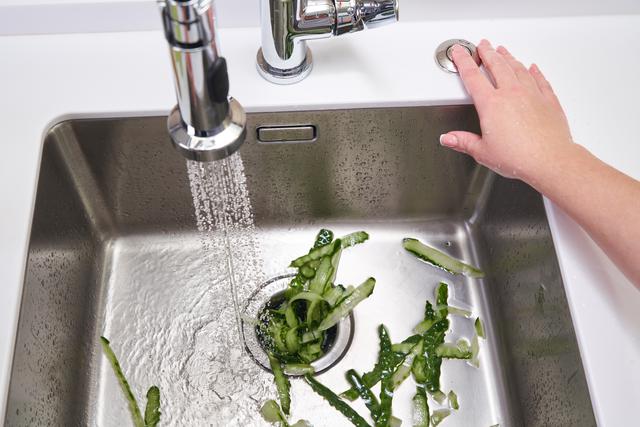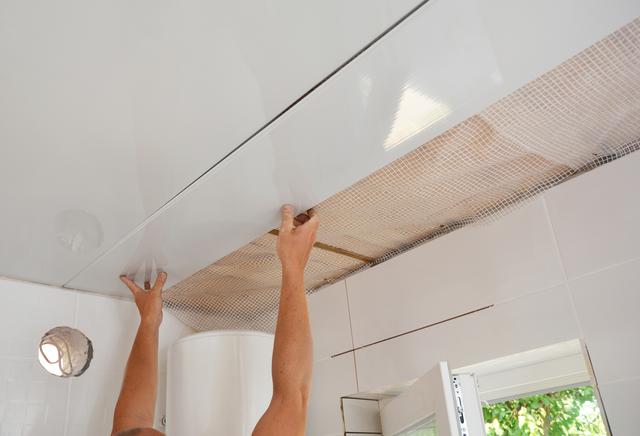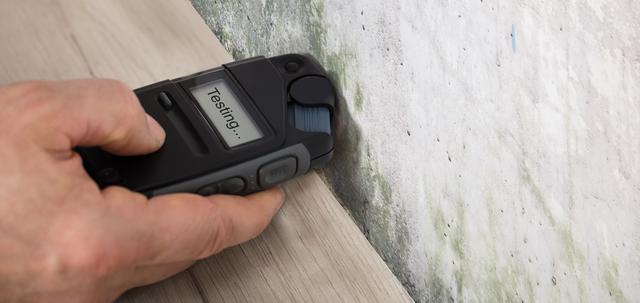A home inspection is an essential step in the process of buying or selling a home. It is an objective evaluation of the property's condition, including its structural, mechanical, and safety features, conducted by a licensed home inspector. As a homeowner, you can help the inspector do their job effectively by providing the necessary materials and information about your property. Here are some of the items you should prepare before the inspection.
Property Documentation
The inspector will need to verify the ownership and legal status of the property, so you should have the following documents available:
- Deed or title: This shows that you are the rightful owner of the property and describes its boundaries.
- Survey: This is a map that shows the property's exact dimensions and location relative to other properties.
- Property tax records: These documents show the assessed value of the property for tax purposes, as well as any outstanding taxes or liens.
- Homeowner association (HOA) documents: If your property is part of an HOA, you should have the bylaws, covenants, and fees information available.
Property Information
To help the inspector evaluate your property accurately, you should provide the following information:
- Property type: Is it a single-family home, a townhouse, a condominium, or a multi-family property?
- Property size and features: Provide the square footage, the number of bedrooms and bathrooms, the age of the property, and any recent renovations or improvements.
- Property condition: Mention any defects or damages, such as leaks, cracks, or mold, that you know of, as well as any recent repairs or replacements.
- Mechanical systems: Provide documentation that shows the age, condition, and maintenance history of the HVAC, plumbing, and electrical systems.
- Safety features: If your property has smoke detectors, carbon monoxide detectors, fire extinguishers, or other safety devices, provide documentation that shows their compliance with local codes and regulations.
- Pest control: If you have had any pest control treatments, such as for termites, rodents, or bed bugs, provide documentation that shows the treatment methods and results.
Access to Areas and Equipment
The inspector will need to access various areas of your property, such as the attic, crawl space, roof, and foundation, as well as inspect various equipment, such as the water heater, furnace, and air conditioner. You should ensure that the following items are accessible and operational:
- Electrical panel: Ensure that the electrical panel is accessible and labeled, and that all circuits are working.
- Water heater: Ensure that the water heater is accessible and that the temperature and pressure relief valve are working.
- Furnace/air conditioner: Ensure that the furnace and air conditioner are accessible and that the filters have been changed recently.
- Attic/crawl space: Ensure that the attic and crawl space are accessible and that there is sufficient insulation and ventilation.
- Roof/foundation: Ensure that the roof and foundation are accessible and that there are no obstructions, such as overgrown vegetation, that could impede the inspection.
Preparing for a home inspection can help ensure that the process goes smoothly and that the inspector can do their job effectively. By providing the necessary documents, property information, and access to areas and equipment, you can help the inspector evaluate your property accurately and identify any potential issues that need to be addressed.






comments